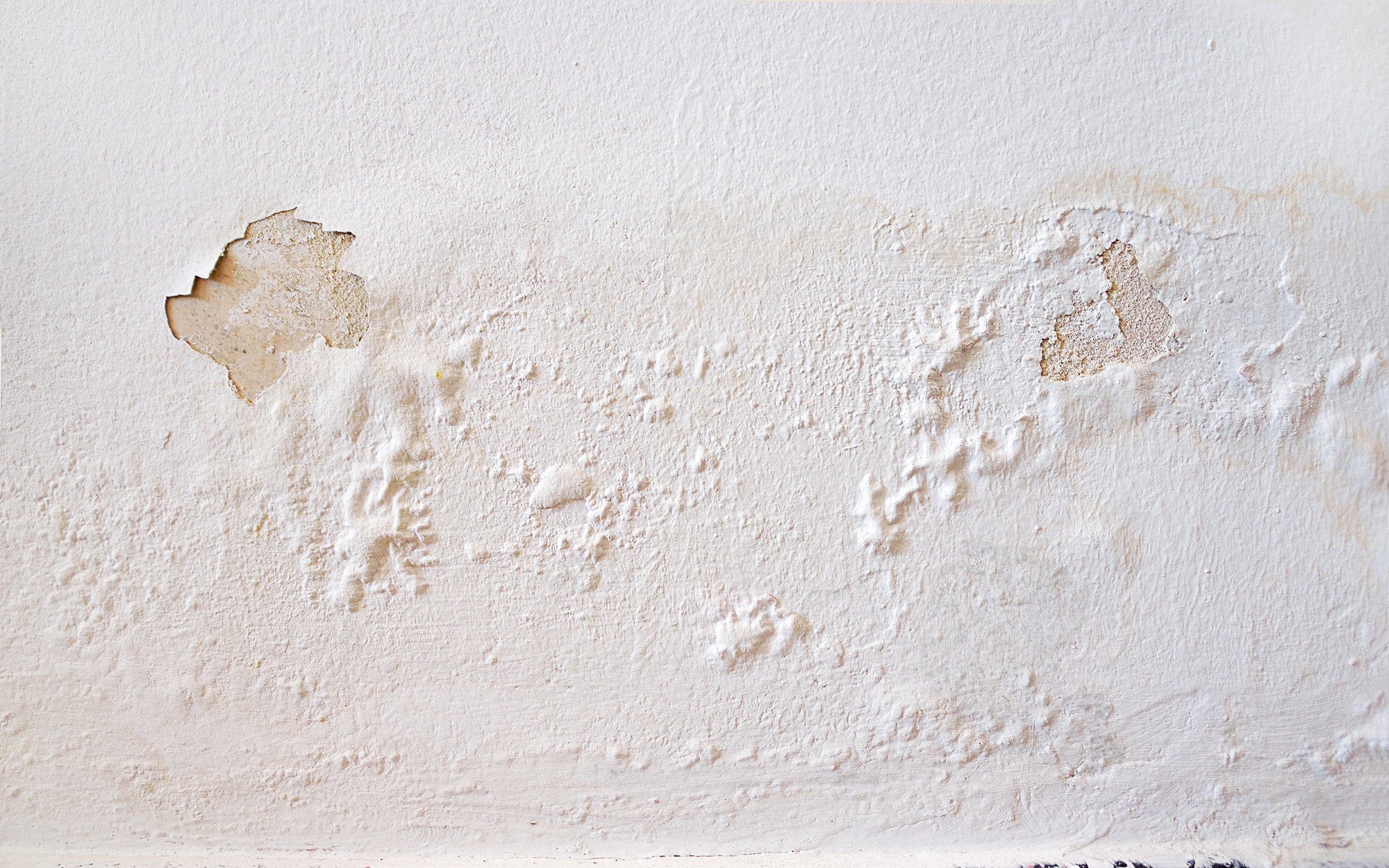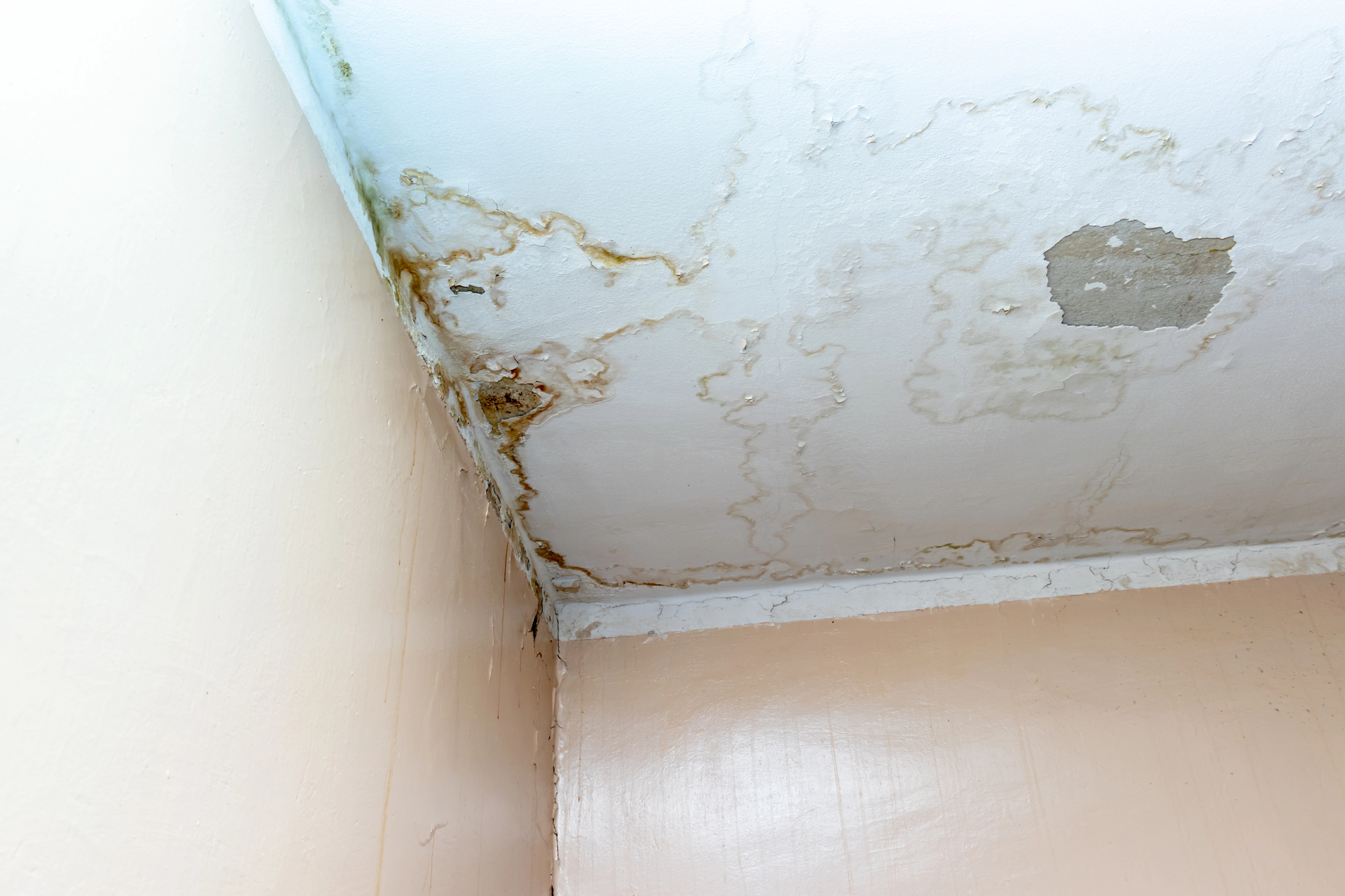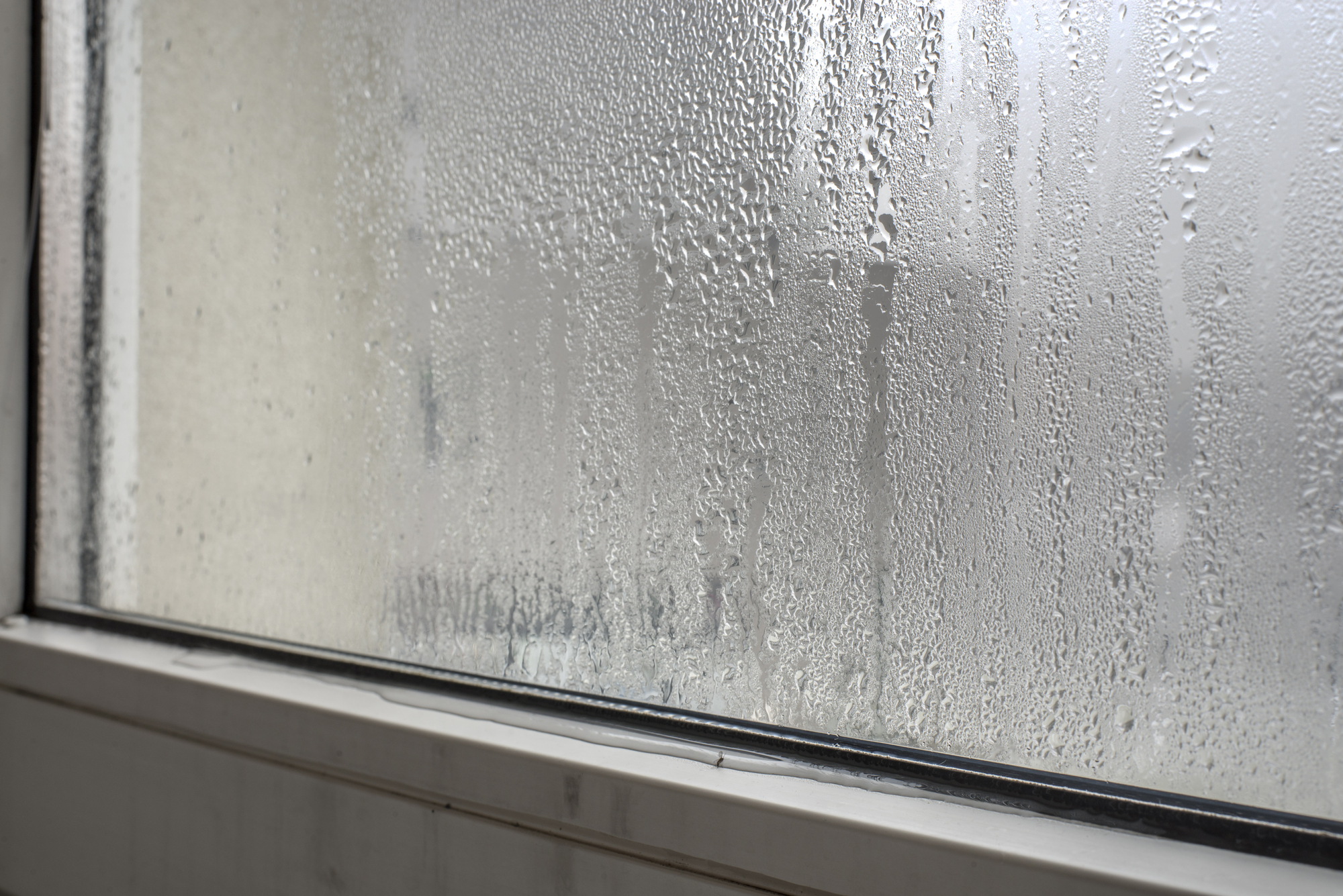November 30, 2025
The Role of Due Diligence in Securing Property Insurance
Securing commercial property insurance has become a more complex process in recent years, driven by rising claim costs,
Some problems faced by commercial buildings have obvious, immediate effects. Hurricane damage can shatter windows and cause roof collapse, while fire can destroy entire sections of a property and leave behind extensive smoke damage.
However, there’s one issue that often goes unnoticed until it’s too late: moisture intrusion. Though it may not be as evident as a storm or fire, moisture slowly creeps in, weakening structures, fostering mold growth, and degrading materials. These hidden effects can escalate into serious problems that require extensive and costly professional services.
To protect your commercial building from these risks, property owners must understand how moisture intrusion occurs and how to manage it effectively. Explore the causes, signs, and impacts of moisture intrusion, along with strategies to prevent and mitigate its effects, such as mold remediation and water damage restoration in Florida.

Whether due to aging materials, poor installation, or damage from weather events, roof leaks can allow water to penetrate the commercial building's interior. Over time, this process can lead to significant issues, such as structural weakening and the growth of mold.
Cracks or gaps in the foundation can permit groundwater to seep into the commercial building, particularly in areas with high water tables or after heavy rainfall. As a result, the property can experience moisture accumulation in basements and lower levels, causing long-term damage to the structure.
Leaking pipes, faulty fixtures, or malfunctioning plumbing systems can introduce moisture into the building. Even a small, undetected leak can result in considerable water damage. Plumbing failures often lead to localized issues, such as water stains, mold growth, and material deterioration.
HVAC systems are vital for maintaining indoor comfort, but they can also contribute to moisture issues if not properly maintained.
Condensation from air conditioning units, leaks in ductwork, and inadequate ventilation can all lead to excess moisture within the commercial building, which encourages mold growth and compromises the structural materials.
Water from heavy rainstorms or melting snow can enter commercial buildings through leaks, poorly sealed windows, or damaged exterior walls. Without effective weatherproofing, these elements can cause water to accumulate within the property.
High humidity levels can lead to condensation on surfaces within the commercial building, especially in areas with poor ventilation. Condensation can be absorbed by building materials, causing them to degrade.
Drywall and wood are especially susceptible to moisture absorption, leading to warping, swelling, and eventual structural weakening.
Commercial buildings that lack adequate waterproofing measures are more susceptible to moisture intrusion. This includes insufficient sealing of joints, inadequate flashing around windows and doors, and the use of permeable materials that allow water to penetrate the building envelope.
Improperly designed or maintained drainage systems can lead to water pooling around the building’s foundation, increasing the risk of moisture intrusion.
Finally, using materials that are not suited for the local climate or installing them incorrectly can lead to moisture problems. For example, using non-moisture-resistant materials in areas prone to dampness can exacerbate the effects of moisture intrusion.
One of the most apparent indicators of moisture intrusion is the presence of water stains on walls, ceilings, and floors. Stains often appear as discolored patches, ranging from light yellow to dark brown, depending on the severity and duration of the moisture exposure.
Water stains typically indicate a persistent leak, whether from the roof, plumbing, or other sources, and should be investigated promptly to prevent further damage.
Moisture trapped behind walls or within the commercial building's structure can cause paint and wallpaper to peel, bubble, or crack.
When moisture seeps into these surfaces, it weakens the adhesive bonds, leading to visible deterioration. This is often a sign of prolonged exposure to moisture and could indicate a more serious underlying issue, such as a hidden leak or poor ventilation.
Mold often appears as black, green, or white spots on walls, ceilings, or other surfaces. It thrives in damp, humid environments, making areas with persistent moisture particularly vulnerable.
In addition to damaging commercial building materials, mold can contribute to respiratory issues, allergic reactions, and other health problems. Immediate remediation is necessary to eliminate mold and address the underlying moisture problem to prevent recurrence.
A persistent musty odor within a commercial building is often a strong indicator of hidden moisture problems. The smell typically results from mold or mildew growing in areas that are not immediately visible, such as behind walls, under flooring, or in ventilation systems.
Even if mold is not apparent, the presence of a musty smell suggests that moisture has accumulated somewhere in the commercial building.
An unexplained rise in indoor humidity levels can signal that moisture is entering the building, either through leaks or poor ventilation. High humidity can lead to condensation on surfaces, which can be absorbed by building materials and cause long-term degradation.
Unexplained Spikes in Utility Bills (Related to HVAC)
Moisture intrusion can affect the efficiency of HVAC systems, leading to higher energy consumption and increased utility bills. When moisture infiltrates the ductwork or insulation, the HVAC system needs to work harder to maintain the desired temperature, resulting in higher energy use.

Persistent moisture exposure can weaken the structural integrity of a commercial building’s foundation and walls. Over time, this process can lead to cracks, shifts, and even collapse if not addressed as soon as possible.
For instance, when moisture infiltrates concrete foundations, it can cause the material to expand and contract, creating stress that leads to cracking.
Many building materials, including metal and concrete, can corrode or deteriorate when exposed to moisture. Since corrosion weakens the materials, it reduces their load-bearing capacity and results in further structural issues.
Moisture-related problems, such as mold and mildew, can greatly degrade indoor air quality. Poor air quality can lead to discomfort, decreased productivity, and health issues for those who spend time in the affected environment.
Addressing moisture intrusion after significant damage has occurred can be expensive. Repairing structural damage, replacing corroded materials, and remediating mold can all contribute to high renovation costs.
Preventative measures and early detection allow commercial property owners to avoid these expenses.
Commercial buildings with a history of moisture-related issues may face higher insurance premiums due to the increased risk of damage. Therefore, maintaining a moisture-free environment can help keep insurance costs manageable and protect the commercial building’s long-term value.
Ensuring that the commercial building site is properly graded and equipped with effective drainage systems prevents water from accumulating around the foundation. Proper site grading directs water away from the property, while well-designed drainage systems ensure that water is quickly removed from the vicinity.
Materials such as treated wood, moisture-resistant drywall, and non-porous flooring options can help reduce the risk of water damage.
Joints and openings are typically found around windows, doors, vents, and other points where different building materials meet. If not properly sealed, these areas can become vulnerable entry points for water, especially during heavy rain or when exposed to wind-driven moisture.
By applying high-quality caulking, gaps are effectively sealed, creating a waterproof barrier that helps maintain the building’s integrity and prevents moisture-related damage.
Waterproofing the building’s exterior surfaces, including roofs, foundations, and walls, is essential to prevent moisture intrusion. It can involve applying waterproof membranes, coatings, and sealants to protect against water infiltration.
Installing moisture-resistant insulation in walls, floors, and ceilings can help control moisture migration and prevent condensation within the building envelope. The material creates a barrier that reduces the likelihood of moisture-related problems.
When moisture damage has already occurred, professional restoration services are essential to repair and restore the affected areas.
Restoration experts can assess the extent of the damage, remove damaged materials and restore the commercial building to its original condition. The process often includes repairing or replacing structural components, flooring, and other materials that have been compromised by moisture.
If moisture intrusion has led to mold growth, mold remediation ensures the safety and health of the commercial building's occupants.
Mold remediation involves identifying and containing the affected areas, removing mold-infested materials, and treating the space with antimicrobial agents to prevent future growth. Proper ventilation and moisture control are also necessary to prevent mold from returning.
In cases where water damage has already occurred, professionals quickly remove standing water, dry out affected areas, and use dehumidifiers to reduce humidity levels. They may also apply antimicrobial treatments to prevent mold growth and assess the structural integrity of the commercial building to determine if additional repairs are needed.

For professional assistance with moisture management, restoration, and roofing services for commercial buildings, contact BlueTeam today. Our team of experts provides comprehensive solutions that protect your properties from the damaging effects of moisture, ensuring longevity and safety.